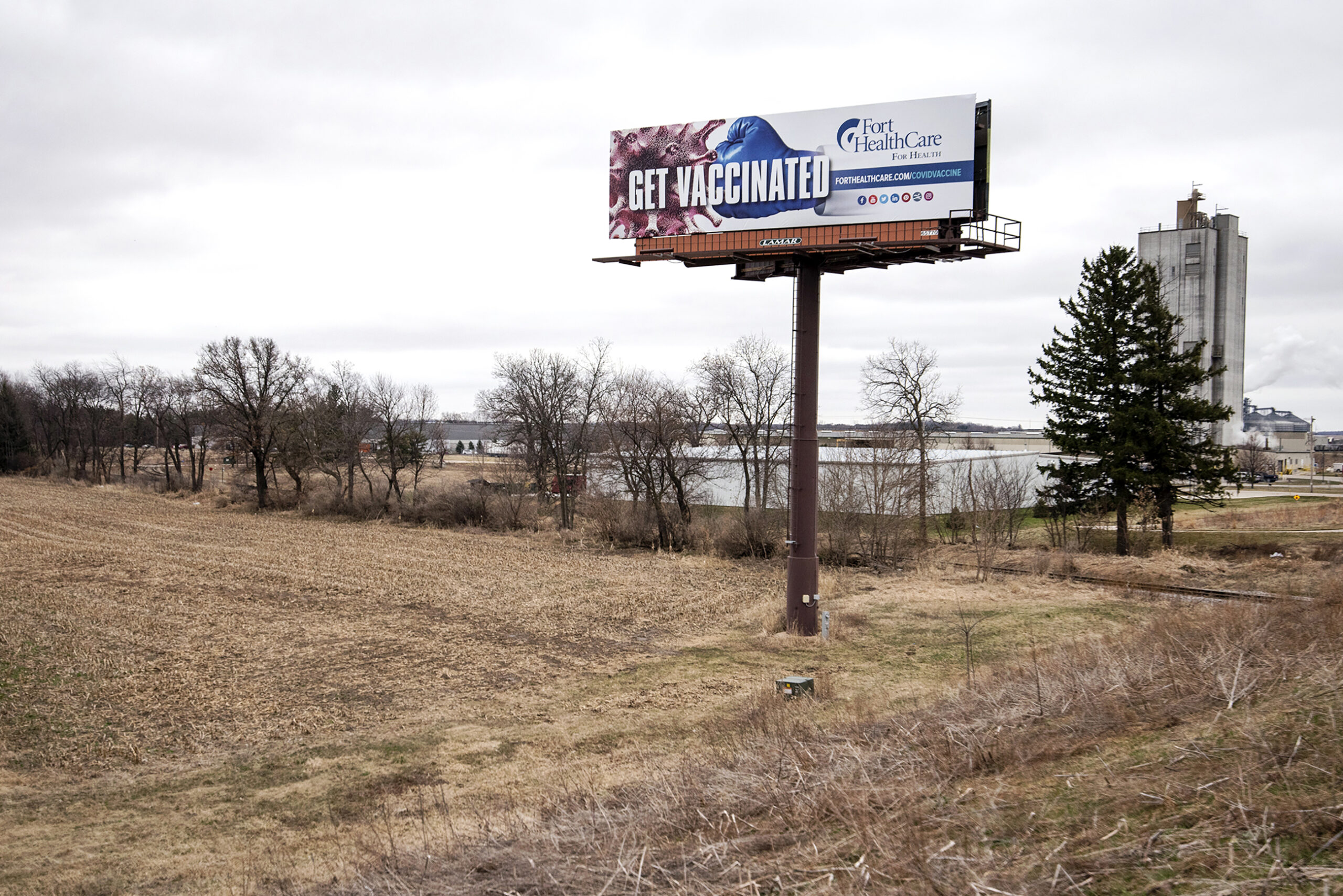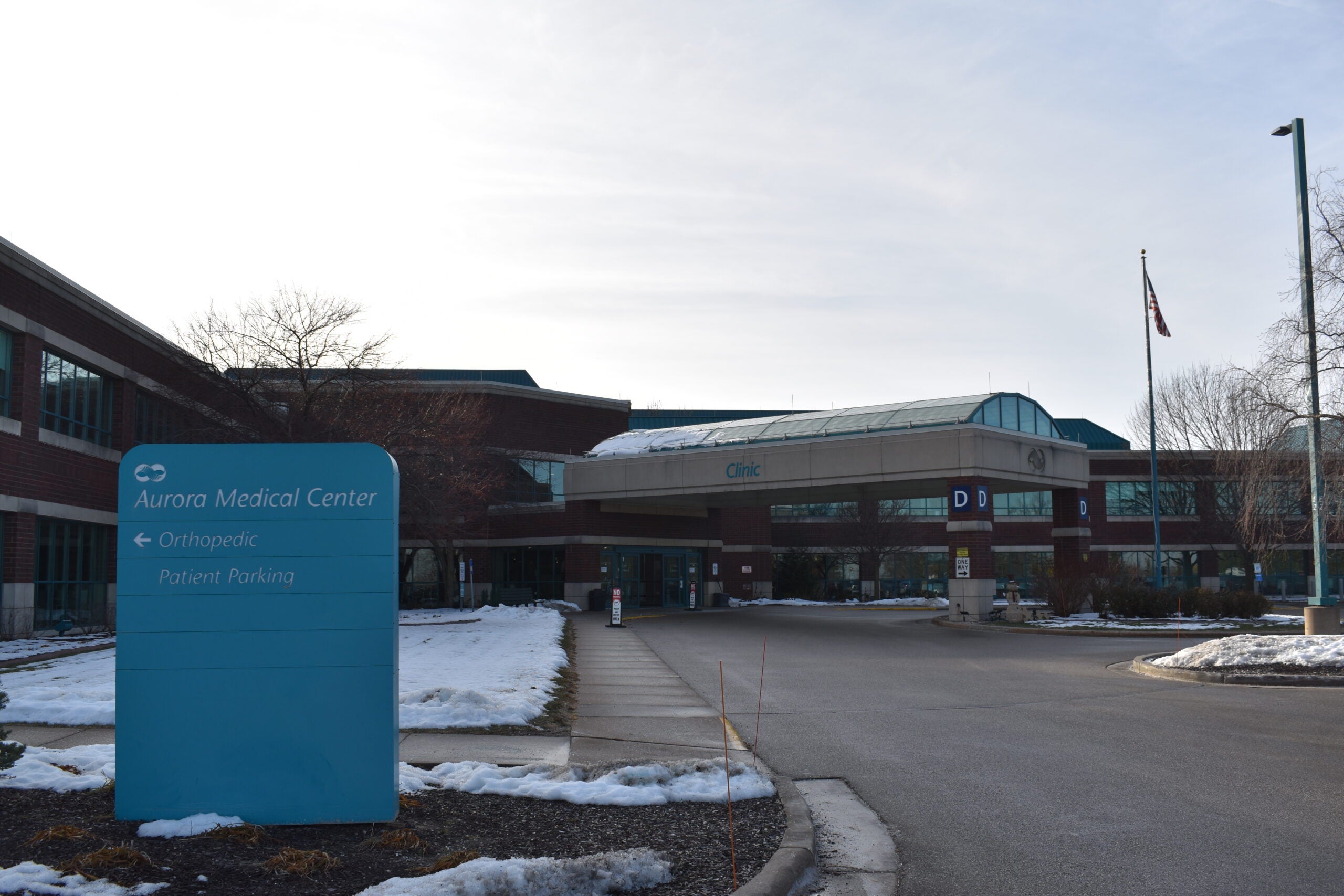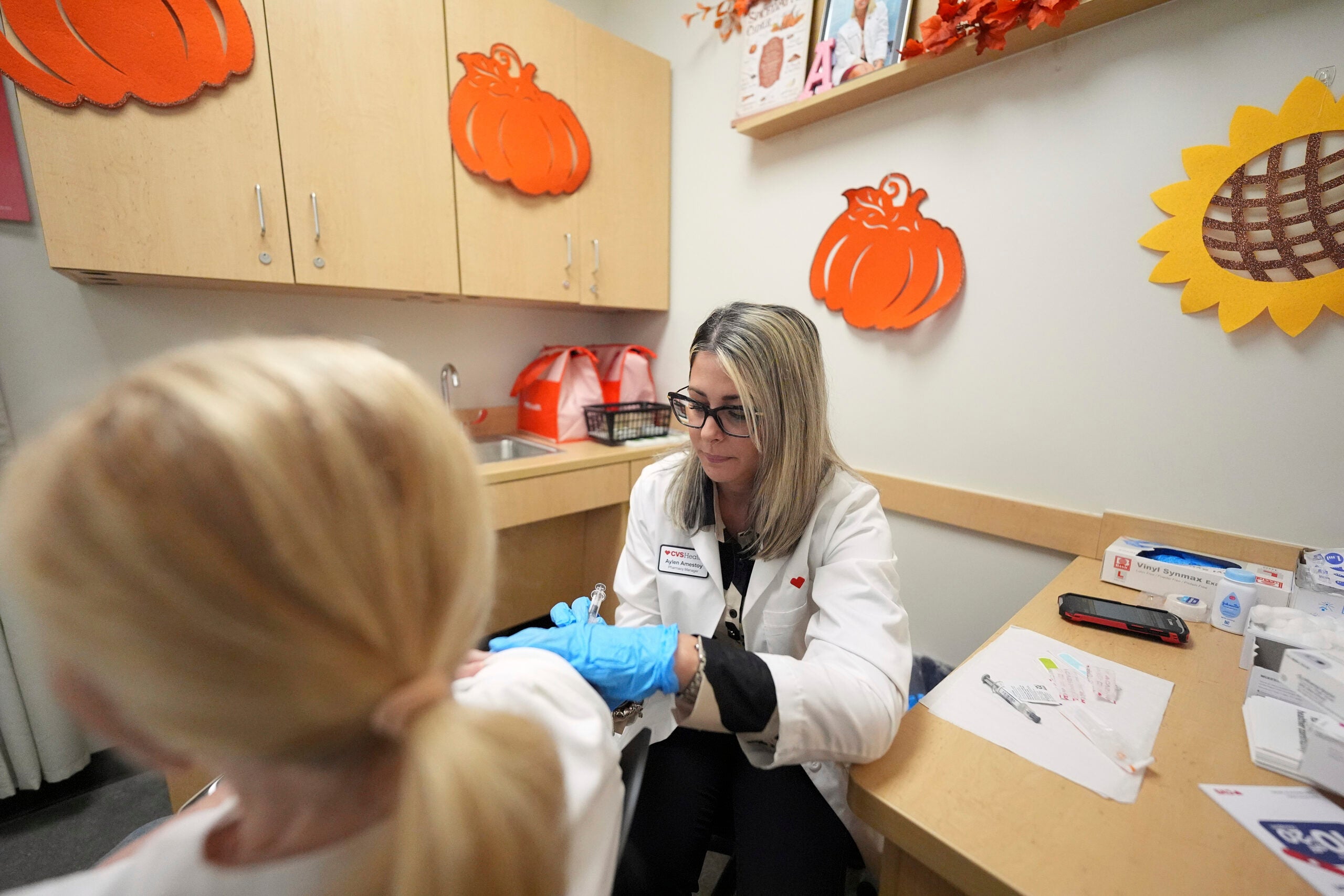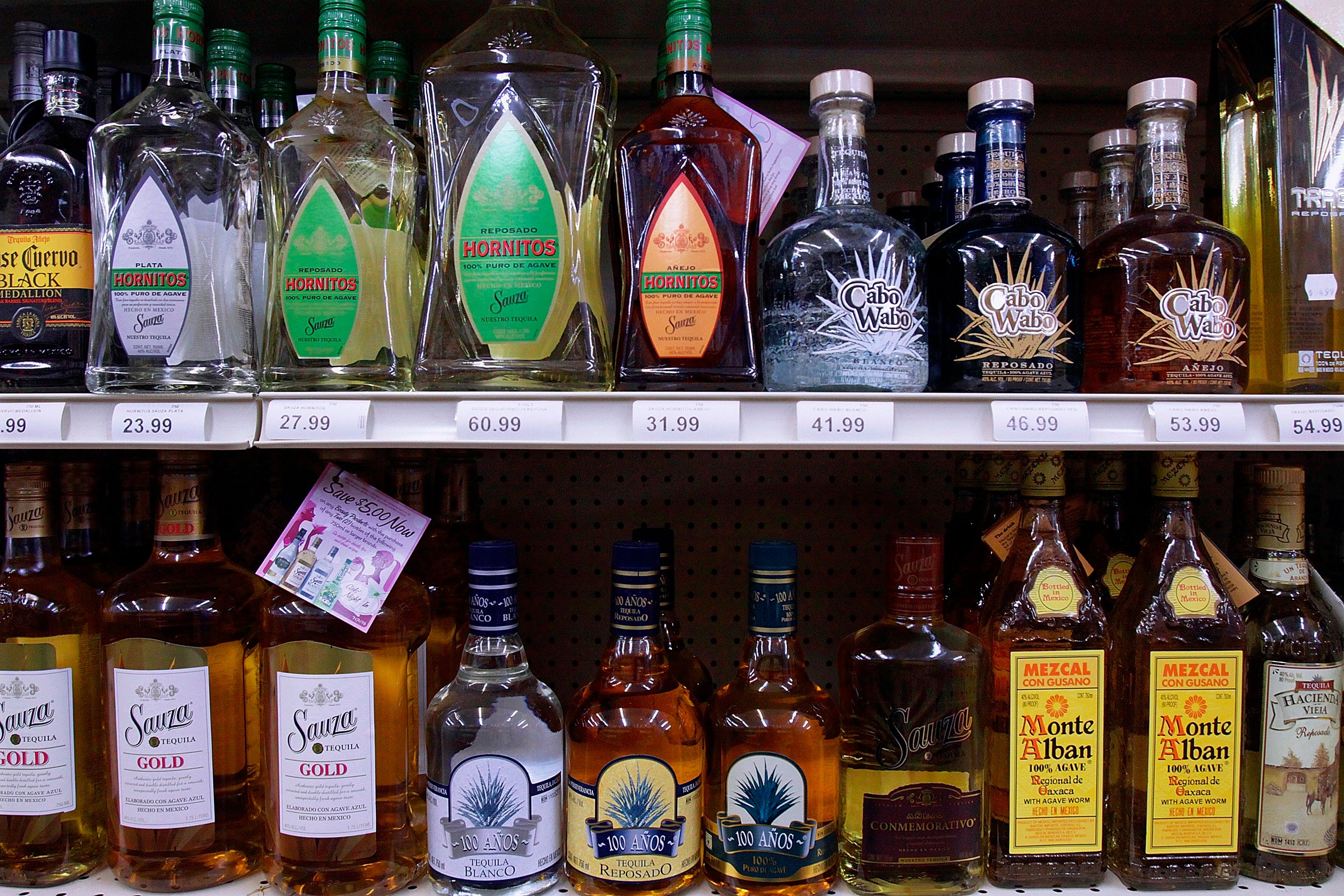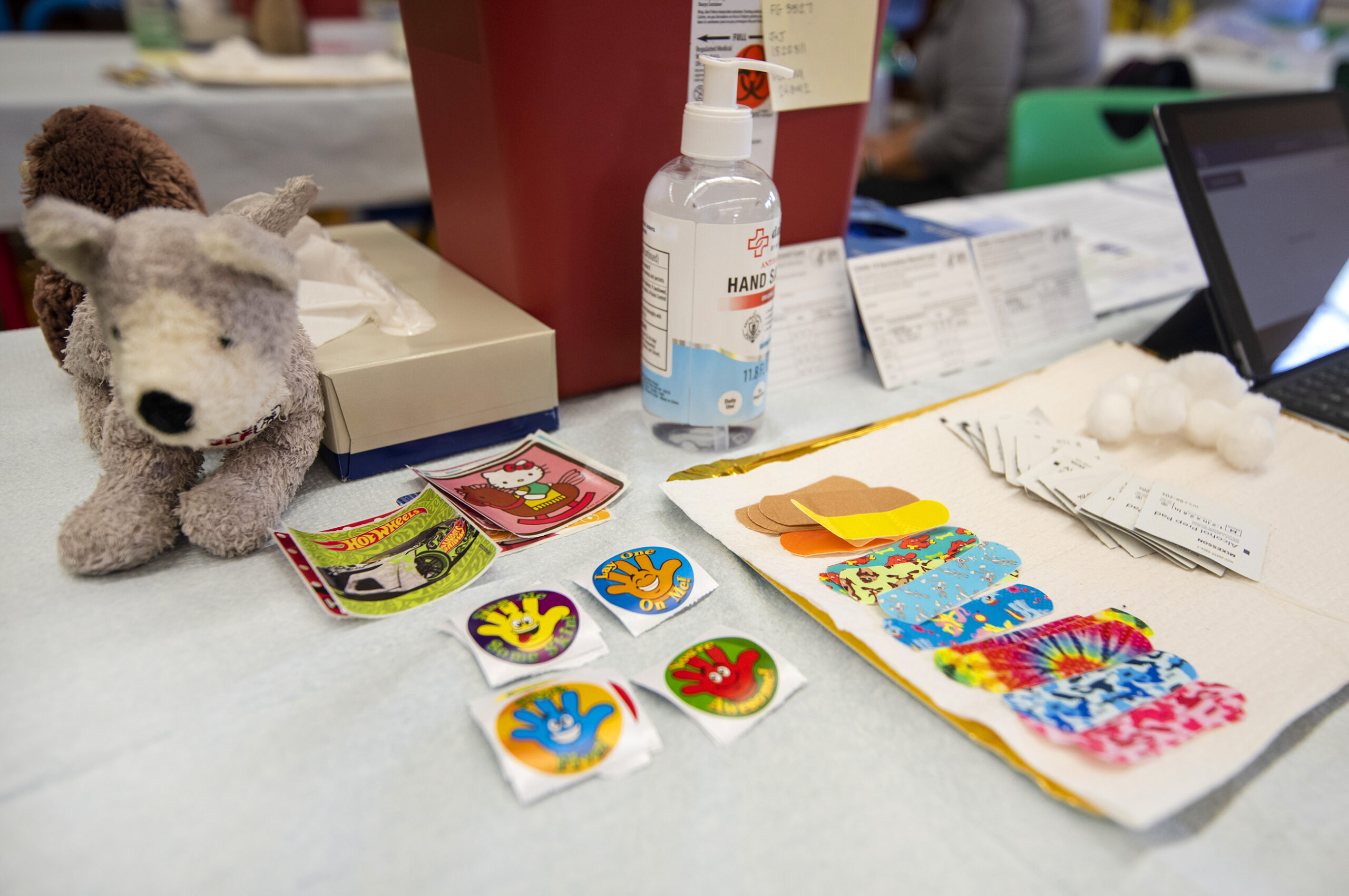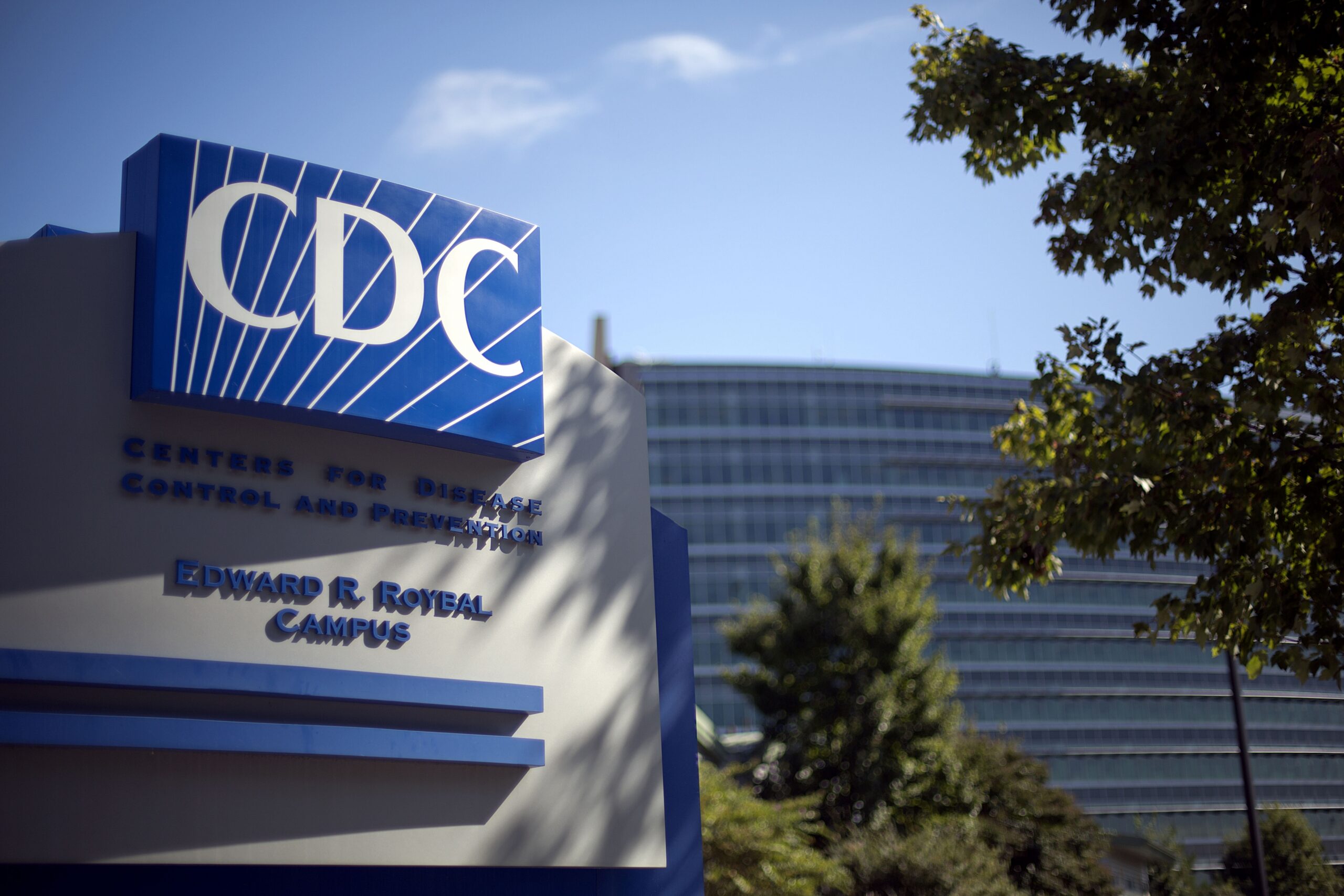Rural areas — initially spared when the coronavirus pandemic devastated large urban areas early last year — are now feeling the brunt of the disease in Wisconsin and other states.
“It’s basically COVID-19 all over again,” said John Eich, who directs the Wisconsin Office of Rural Health.
“In the beginning of the first stages of the pandemic it mainly hit the population clusters, the urban areas, so small towns thought they had some level of invulnerability,” said Eich.
News with a little more humanity
WPR’s “Wisconsin Today” newsletter keeps you connected to the state you love without feeling overwhelmed. No paywall. No agenda. No corporate filter.
About a quarter of Wisconsin residents live in areas considered rural, according to Eich.
An analysis from the University of Iowa College of Public Health found COVID-19 death rates in rural areas of the United States are now double those in urban areas. The study looked at trends in COVID-19 cases and deaths in all 50 states during July, August and September of this year.
COVID-19 vaccination rates tend to be lower in rural communities, and the same goes for rural areas in Wisconsin. The difference between the most and least vaccinated counties in Wisconsin is as much as 40 percent said Dr. Jonathan Temte, an associate dean with the University of Wisconsin-Madison School of Medicine and Public Health who studies vaccine and immunization policy.
There are exceptions of course. Bayfield and Door counties both have some of the highest vaccination levels in the state. Both rural counties depend heavily on tourism.
In communities with lower levels of protection against the disease, a changing virus that mutated into the more contagious delta strain this summer “opened the door” to more infections in less densely populated areas, said Temte, who was not involved in the study.
Other factors contributing to the rise in deaths in rural areas are that residents are generally older, sicker and have lower incomes, according to the study.
And as far as treatments, rural residents may have less access. Treatments like monoclonal antibodies to help those ward off COVID-19 in its early stages became popular in many southern states hard hit by COVID-19, but the antibody cocktail has to be infused into the patient, usually at a hospital or clinic.
“That can be problematic in rural places,” said Keith Mueller, one of the authors of the study comparing rural and urban deaths from COVID-19.
The number of patients in Wisconsin hospitalized with COVID-19 on Tuesday was 1,179 — a level not seen since the end of December as the winter surge started to decline. New infections are starting to level off but are still high, with the state averaging more than 2,400 cases in the last seven days.
Wisconsin Public Radio, © Copyright 2025, Board of Regents of the University of Wisconsin System and Wisconsin Educational Communications Board.

